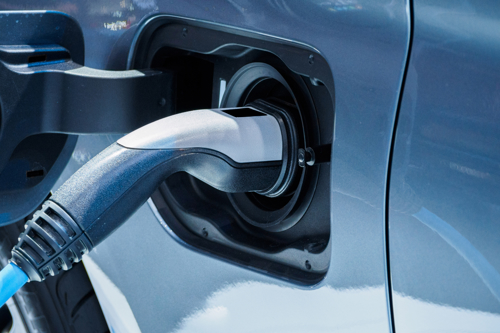
Latest developments in International Standards for supplies for electric vehicles
Protection against electric shock
IEC 60364-7-722 Edition 1 (February 2015) stated that “protection by placing out of reach shall not be used”. This is because this measure of protection, which provides basic protection only, is for applications in installations controlled or supervised by skilled or instructed persons.
However, IEC 60364-7-722 Edition 2 (September 2018) now states:
“The protective measure placing out of reach, as specified in IEC 60364-4-41:2005, Clause B.3 may only be applied where an automatic connection system in accordance with IEC 61851-23-13 (which is under consideration) is used”. This clarification of the requirements regarding the protective measure placing out of reach is to allow the use of pantographs in areas accessible to the public.
Wireless power transfer systems
IEC 60364-7-722 Edition 2 recognises wireless power transfer (WPT) systems for electric vehicles (EVs) and requires compliance with the appropriate parts of the IEC 61980 series. Part 1 (General Requirements) gives a list of possible WPT technologies. These are new and emerging technologies. Possible technologies include:
- Inductive power transfer – Energy transfer through magnetic field (MF-WPT)
- Capacitive power transfer – Energy transfer through electric field (EF-WPT)
- Microwave power transfer – Energy transfer through electromagnetic waves 1 GHz – 300 GHz (MW-WPT)
- Infrared power transfer – Energy transfer through electromagnetic waves 300 GHz – 400 THz (IR-WPT)
It is expected that future Parts of the IEC 61980 series will cover specific requirements. For example, Part 2 will cover communication between electric road vehicle (EV) and WPT systems including general background and definitions.
A future Part 3 will cover specific requirements for electric road vehicle (EV) magnetic field wireless power transfer (MF-WPT) systems including general background and definitions (for example efficiency, electrical safety, EMC, EMF).
As you would expect the technical requirements for the various WPT technologies are very different, and therefore the requirements for each technology will be dealt with in a specific part of the 61980 series.
EV operating as a source in parallel with other sources
In IEC 60364-7-722 Edition 1 it was stated that feeding back electricity into the supply network was under consideration. The new standard (IEC 60364-7-722 Edition 2) introduces requirements covering the case where the EV may operate as a source in parallel with other sources. It states that where EVs are intended to feedback energy to the electrical installations, the requirements of IEC 60364-8-2 apply. However, it is important to note that IEC 60364-8-2 is under preparation and that the requirements for these circuits are under consideration.
Overvoltage control
IEC 60364-7-722 Edition 2 now makes it clear that a connecting point accessible to the public is considered as part of a public service. Therefore, this means it must be protected against transient overvoltage’s, as clause 443.4 of IEC 60364-4-44 states that protection against transient overvoltage shall be provided where the consequence caused by overvoltage affects public services.
Conclusion
This is only a brief overview and highlights some of the key changes in the new IEC standard. For more information refer to IEC 60364-7-722 Edition 2.
Important: please note these are requirements at international level (world standards) which may or may not be incorporated in BS 7671 in the future.

